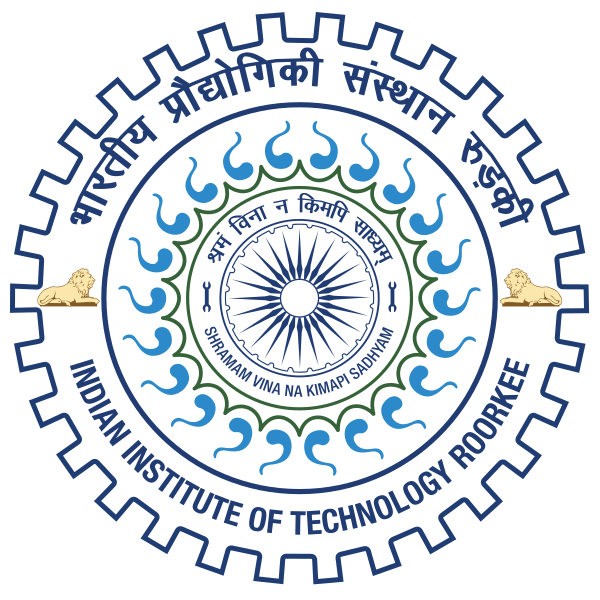Please use this identifier to cite or link to this item:
http://localhost:8081/jspui/handle/123456789/12530Full metadata record
| DC Field | Value | Language |
|---|---|---|
| dc.contributor.author | Singh, Shobhit | - |
| dc.date.accessioned | 2014-12-01T08:16:49Z | - |
| dc.date.available | 2014-12-01T08:16:49Z | - |
| dc.date.issued | 2012 | - |
| dc.identifier | M.Tech | en_US |
| dc.identifier.uri | http://hdl.handle.net/123456789/12530 | - |
| dc.guide | Mishra, Manoj | - |
| dc.description.abstract | A Vehicular ad hoc network (VANET) is a decentralized ad-hoc network, formed of vehicles acting as highly mobile nodes. Recently, vehicular communication systems have attracted much attention, fueled largely by the growing interest in Intelligent Transportation Systems (ITS)[11]. These systems are aimed at addressing critical issues like passenger safety and traffic congestion, infotainment and other value added services. On the other hand, VANETs are also featured by high mobility and constantly changing topology[8]. Due to these features, VANETs are expected to experience frequent network fragmentation, resulting in a very short duration of communication and partially or completely disconnected network. These problems are a crucial research challenges for developing a reliable and efficient routing protocol that can support highly diverse network topologies. This thesis presents an enhanced routing protocol for urban scenario. The routing protocol proposed in this paper is based on: i) Multi-hop transfer of a single message by discovering the most suitable vehicle within the transmission range instead of using single hop broadcast scheme [20], ii) Dynamic selection of junctions using preloaded digital maps and real time traffic conditions[21][25], iii) Store and Forward recovery strategy to forward packets in case of sparse road traffic[26] [27]. These above mentioned modules work in close cooperation, to handle issues arising out of network fragmentation and disconnection and hence introduce reliability in the network. Extensive simulation is conducted to verify efficiency and effectiveness using NCTUns-6.0[15]-[19] which combines both traffic and network simulator. Finally the thesis is concluded by pointing out some open issues and possible direction of future research relating to routing in VANETs. | en_US |
| dc.language.iso | en | en_US |
| dc.subject | ELECTRONICS AND COMPUTER ENGINEERING | en_US |
| dc.subject | RELIABLE MULTI-HOP | en_US |
| dc.subject | ROUTING | en_US |
| dc.subject | AD-HOC NETWORKS | en_US |
| dc.title | AN EFFICIENT AND RELIABLE MULTI-HOP ROUTING IN VEHICULAR AD-HOC NETWORKS VANETS | en_US |
| dc.type | M.Tech Dessertation | en_US |
| dc.accession.number | G21459 | en_US |
| Appears in Collections: | MASTERS' THESES (E & C) | |
Files in This Item:
| File | Description | Size | Format | |
|---|---|---|---|---|
| ECDG21459.pdf | 2.58 MB | Adobe PDF | View/Open |
Items in DSpace are protected by copyright, with all rights reserved, unless otherwise indicated.

